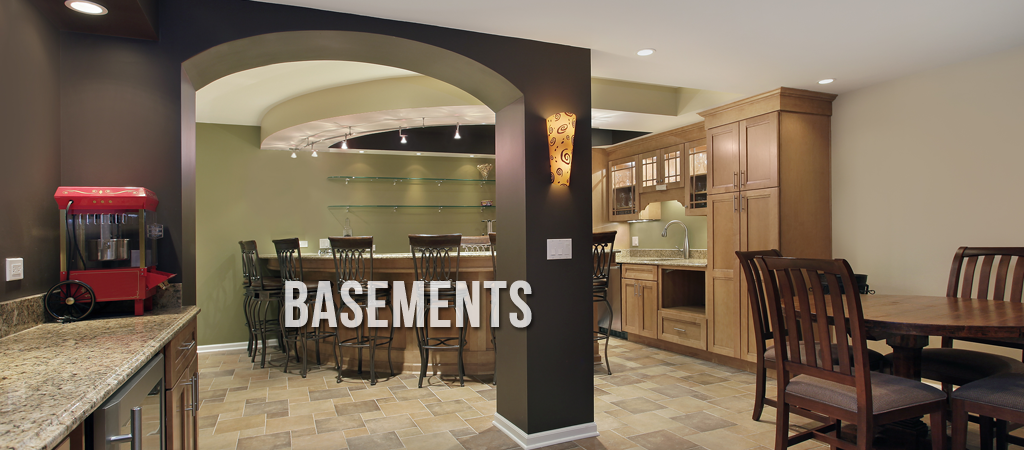All About Abatement Part I: Asbestos
11-19-2021
Surprise!
Surprises may be fun on birthdays or anniversaries, but NOT when you’re renovating your home. And among the nastiest surprises mid-reno is the discovery of asbestos, adding time, money, and hassle to your project.
“The worst part is that the disruption is completely preventable,” says Ben Srigley, Touchstone owner. “Asbestos testing and abatement should happen before any construction begins.”
To find out more, we spoke to Scott King of ACM Services, environmental abatement and demolition experts in Rockville. They handle projects of all sizes, from multi-million-dollar government contracts to residential jobs.
What is asbestos?
According to asbestos.com, “Asbestos is a naturally occurring mineral composed of flexible fibers that are resistant to heat, electricity, and corrosion.”
Asbestos is strong, durable, inexpensive, fireproof, and water-resistant. In Its heyday, from the 1940s through the 1970s, asbestos was part of virtually every construction project.
Manufacturers put it in floor tiles, drywall, and insulation. They added it to cloth, paper, cement, and plastic as reinforcement. “Asbestos was hailed as a miracle material,” says Scott. “ Contractors used it for anything that needed strengthening or fire dampening.”
Reports of asbestos’ health risks emerged as early as the 1920s. However, it wasn’t until the late ‘60s that public health officials realized the scope of the problem. After unprotected asbestos exposure, construction workers and manufacturers were becoming deathly ill.
“The first employee claims for injury from exposure to asbestos in the workplace were made in 1927, and the first lawsuit against an asbestos manufacturer was filed in 1929.”
– Mesothelioma + Asbestos Awareness Center
Asbestos is composed of tiny, sharp particles. After people inhale asbestos dust, the particles lodge in their lungs. There they stay, causing scarring and impairing lung function.
Asbestos is now proven to cause a range of lung and gastro illnesses, including:
- Asbestosis, a progressive illness also known as white lung disease. Asbestos fibers damage the lung tissue, eventually causing respiratory failure.
- Mesothelioma, an aggressive lung cancer caused by asbestos.
While the most severe illnesses strike those exposed for decades, any inhalation of asbestos poses a health risk. Asbestos is now strictly regulated and no longer used in construction materials.
Figure 1: ACM professional abating asbestos-containing drywall. Photo credit: ACM Services
What to know before demo
Do you have asbestos in your home? Probably yes if your house is more than thirty years old.
The good news is that undisturbed asbestos generally doesn’t pose a health risk. The danger of asbestos is mainly in breathing in its airborne fibers. Asbestos that exists quietly in your bathroom tiles or kitchen drywall won’t harm you.
Until you start remodeling and kick up some dust.
That’s why it’s crucial to test all materials before renovating an older house. It’s impossible to identify asbestos by sight. You need to call in professional testing.
Still, some areas are more likely to contain asbestos. ACM’s blog lists some of the most common offenders:
-
Attics
The one exception to the “do not disturb” rule is vermiculite attic insulation. It’s a gray or silver gravel-like insulation that is almost always tainted with asbestos. Since it’s exposed in your attic, Scott recommends hiring professional abatement even if you never go up there. -
Drywall Joint Compound
Joint compound, also called drywall mud, seals drywall, creating a smooth, seamless, paintable Manufactures used to add asbestos to it as a strengthener and fire retardant. -
Floor tiles
Today, standard floor tiles are 12” x 12”. If you have smaller 9” x 9” tiles, chances are they have asbestos. And even if the tiles are ok, the glue used for installation may contain asbestos fibers. -
Popcorn Ceilings
The bumpy surface of a popcorn ceiling is a spray-on treatment, often made of vermiculite pieces. The ceilings were popular because they help soundproof a room. But if you think it’s an eyesore and want to remove it, be aware that it probably has asbestos.
Figure 2: You know a popcorn ceiling if you have one! Photo credit: ACM Services
-
Pipes
Builders used to wrap pipes in a whitish, cloth-like asbestos-containing material. It was an excellent insulator and prevented condensation on the outside of the pipes. If you have such pipes in your home, inspect them periodically. Even if you’re not disturbing the pipes, you may have a problem if the wrapping is fraying. It could be releasing asbestos particles into the air, so call a professional if you see any signs of deterioration.
In 1983, Maryland was the first U.S. state to pass requirements, including training and licensing, for abatement contractors or demolition contractors involving asbestos.
If testing reveals asbestos, you’ll need to remove it before starting your renovation. Scott emphasizes that it’s always more cost-effective to abate before a project. If you wait until mid-project, the demolition may have already stirred up and spread asbestos dust. You’ll have to pay professionals to clean the contaminated dust from your home.
Asbestos abatement
Fortunately, abatement is usually a quick process. “Generally speaking, we’re in and out in one day,” says Scott.
Asbestos professionals wear full protective gear and contain the affected area so that no air particles escape. They remove the asbestos and transport it to a proper disposal facility following federal, state, and local regulations.
Figure 3: ACM professionals in full PPE abating pipe insulation. Photo credit: ACM Services
They also ensure air quality. You may have seen the big plastic tubes coming out of the contained area in an abatement site. Those are filters, cleaning the air to ensure the client’s safety.
More than 39,000 Americans die from asbestos-related disease every year.
“Abatement is a specialized process best left to professionals,” explains Scott. “We know how to keep everyone safe.”
“We want every client to have a smooth experience from start to finish,” adds Ben. “Test for asbestos before you start a project to prevent unpleasant surprises from derailing it. Call in abatement professionals if necessary. They’ll do the job right so you can safely enjoy your beautiful new home.”
Are you ready to get started with a remodeling project?
Contact us so we can get started planning your beautiful renovation.




